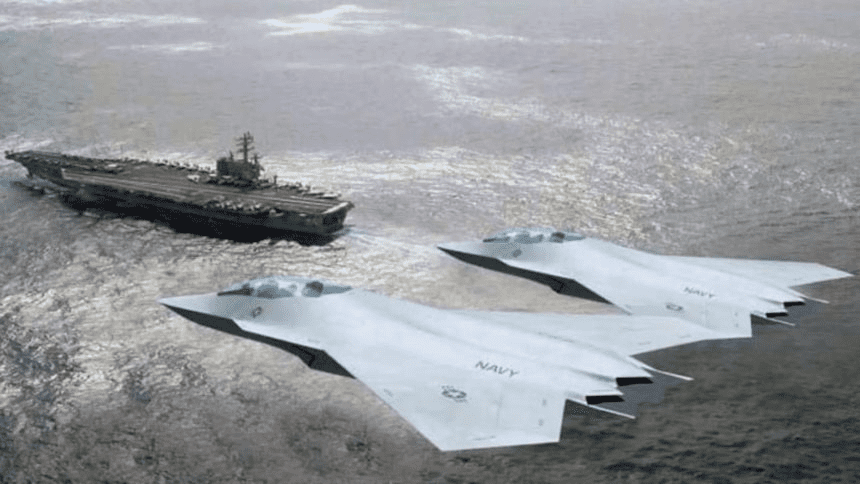
Last Tuesday, at about 04:00 Agato, a 170 meter, a Japanese Maritime Self-Defense Force Aegis destroyer and the fishing vessel Seitoku Maru collided about 28 km off Tokyo.
The bow of the Seitoku Maru floats off Nojimazaki, Chiba Prefecture, on Tuesday after the fishing boat was split in two in a collison with the Maritime Self-Defense Force’s Atago destroyer. (THE ASAHI SHIMBUN)
What is know about the incident is:
Ten officers were on Atago’s bridge
Two crew members were monitoring surface traffic using radar
There were also lookouts on the port and starboard sides of the ship.
The visibility was about 10 km on a moon lit night
Another fishing vessel in the area had a visual on Atago.
Atago sighted Seitoku Maru two minutes before the collision
Seitoku Maru was to the starboard of Atago
An article in The Daily Yomiuri stated:
“A maritime official said: “It’s common to switch to the short-range mode when a ship approaches the Uraga Channel, a busy sea route. But the accident occurred about 40 kilometers from the shore so it’s debatable which mode they should have been using.” The radar system on the Atago can be switched between long- and short-range modes. The short-range mode is used to detect small vessels such as fishing boats. “
The 72 ColRegs state:
Every vessel shall at all times proceed at a safe speed so that she can take proper and effective action to avoid collision and be stopped within a distance appropriate to the prevailing circumstances and conditions.
In determining a safe speed the following factors shall be among those taken into account:
(a) By all vessels:
-
- The state of visibility;
- The traffic density including concentrations of fishing vessels or any other vessels;
- The manageability of the vessel with special reference to stopping distance and turning ability in the prevailing conditions;
- At night, the presence of background light such as from shore lights or from back scatter from her own lights;
- The state of wind, sea and current, and the proximity of navigational hazards;
- The draft in relation to the available depth of water.
(b)Additionally, by vessels with operational radar:
-
- The characteristics, efficiency and limitations of the radar equipment;
- Any constraints imposed by the radar range scale in use;
- The effect on radar detection of the sea state, weather and other sources of interference;
- The possibility that small vessels, ice and other floating objects may not be detected by radar at an adequate range;
- The number, location and movement of vessels detected by radar;
- The more exact assessment of the visibility that may be possible when radar is used to determine the range of vessels or other objects in the vicinity.
It appears there will be some explaining to do.
___________________________
 This post was written by Richard Rodriguez, Rescue Tug Captain, and US Coast Guard approved instructor for License Training. You can read more of his articles at the BitterEnd.
This post was written by Richard Rodriguez, Rescue Tug Captain, and US Coast Guard approved instructor for License Training. You can read more of his articles at the BitterEnd.

 Join The Club
Join The Club




 This post was written by Richard Rodriguez, Rescue Tug Captain, and US Coast Guard approved instructor for License Training. You can read more of his articles at the
This post was written by Richard Rodriguez, Rescue Tug Captain, and US Coast Guard approved instructor for License Training. You can read more of his articles at the 






